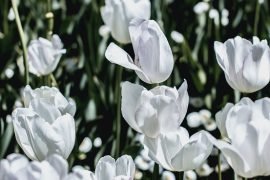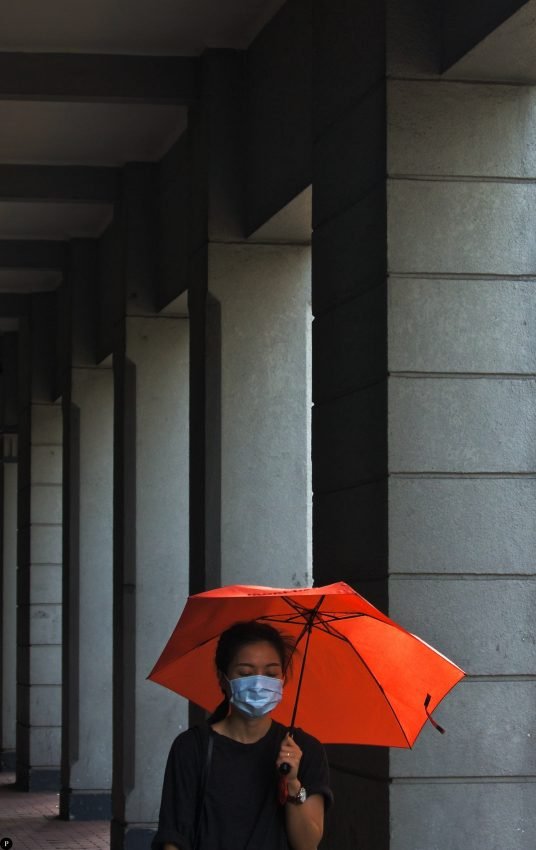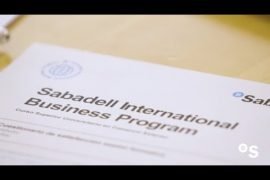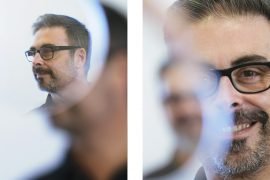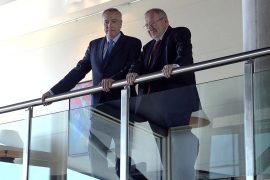[dropcap letter=”W”]
olfgang and Nannerl Mozart astonished the world as performance prodigies when they were just children, back when practising music was one of their favourite games. The composer’s oeuvre has gone down in history, although his sister’s talents not so much, despite the fact that she was an outstanding pianist with whom he often partnered either to play pieces for four hands, as revealed in a complete family portrait (the siblings sharing the piano, their father standing and their deceased mother in a painting hung on the wall) or Wolfgang taking up the violin, an instrument at which he was quite dextrous. The merger of such disparate instruments was treated in a new fashion in Mozart’s works in that he balances each of them, giving rise to the characteristic dialogues which are so celebrated in his pieces.
The presence of the Khachatryan brothers – Sergey and Lusine – at the Palau de la Música inevitably harks back to that felicitous Mozart partnership, to the fruitful, familiar complicity which gave rise to such memorable compositions as the Sonata for Two Pianos in D Major, Kv 448, and the Concert for Two Pianos, composed with Nannerl in mind. If we think about the duo of the piano and violin, unquestionably one of the most interesting chamber pieces by Wolfgang A. Mozart is precisely the one chosen to open the Khachatryan brothers’ programme, Sonata in B-flat Major, Kv 454. In this piece, the composer from Salzburg, known primarily for his compositions for concerts, symphonies and operas, demonstrates that same creativity in a smaller format. Despite fewer instrumental resources to draw from, the protagonists interact thanks to an apparently inexhaustible range of resources: dialogues with contrasting registers, mirroring effects and the enunciation of the theme, classically developed despite its striking expressiveness, and the pertinent and extraordinarily pleasing surprises nestled within it.
We can find all of this in the Mozart creation performed first, in addition to an ecstatic moment, which is a true, unexpected gift: a dreamlike phrase blossoms within the slow movement, the Andante, an enunciation of unheard-of delicacy which is elevated and somehow seems to anticipate some of the most celebrated passages in the piece programmed for the end of the recital, the evocative Sonata by César Franck. Mozart’s characteristic spontaneity seems timeless even if it includes period elements, and the performers on this occasion, Sergey and Lusine Khachatryan, reveal themselves to be attentive to the instructions on the score. The violin’s refinement requires rare precision, although it is nonetheless communicative and accessible as well, while the pianist in no way settles for being a mere accompanist and instead makes the instrument sing with extraordinary personality, interpreting – and not merely reading – the text in a give-and-take with the string instrument.
The performers’ superlative technique, as well as their faithfulness to the composers’ spirit – both qualities evident in the Mozart piece – are tested in a colourful, dynamic composition by Sergey Prokofiev, Sonata for Violin and Piano No. 2 in D Major, op. 94. This is a demanding piece that ranges between self-conscious, extemporaneous classicism – meaning neoclassicism – and the boldest experimentation, with rhythms taken from popular music. And yet the most forceful piece of the evening was yet to come. After the intermission, in the second part of the recital, the large audience which flocked to the Palau de la Música Catalana was treated to a convincing version of the Sonata for Violin and Piano in A Major by the Belgian composer César Franck.
A renowned organist in his day whose Wagnerian influence tends to be recalled, Franck did not leave many works for posterity. Yet without a doubt, the ones that he did bequeath us boast noteworthy power and quality, characterised by their organic nature and post-romantic expressiveness with an unequivocal fin-de-siècle overtone. This holds true particularly with his Symphony in D Major, his Piano Quintet and his hypnotic Prélude, Choral et Fugue composed for keyboard. The chamber piece on the programme retains the others’ cyclical nature, with more or less explicit thematic relation in its different movements. Readers of Proust, specifically Swann’s Way, may well identify in it the phrase by Vinteuil (a fictitious composer) which seals the main character’s love with Odette de Crecy. The evocative power of the melody in the third movement, with the Fantasia: ben moderato passage, leads one to think that perhaps it is indeed the referent which inspired the author of Recherche in its first volume.
The complicity between Sergey and Lusine Khachatryan is unquestionable in a work which, just as in Beethoven’s ‘Kreutzer’ Sonata, seems permeated with an aura of mystery and fury, which literature has at times captured in erotic terms (Tolstoy drew inspiration from this latter in his passionate story The Kreutzer Sonata). Both are paired in a highly recommended recording by Martha Argerich and Itzhak Perlman. This is without question one of the best modern versions, which also benefits from the spontaneity of a live recording. The degree of mutual understanding by these celebrated performers is comparable to that of the Khachatryan brothers. Given the audience’s clear satisfaction, they offered two encores. The first was a rhythmically agitated, virtuoso version of the Sabre Dance by Aram Khachaturian, an Armenian composer and thus compatriot of the musicians (whose surnames are clearly related, even if their kinship has not been confirmed).
And the violinist announced the last piece that would be performed in perfect Spanish: a lullaby by Manuel de Falla devoted to future offspring. The family of musicians and music lovers is growing thanks to performances like the one witnessed at the Palau; and thus, yet again, intimate comprehension – complicity and love – through impressive aesthetic experiences has once again revealed itself to be fertile.


